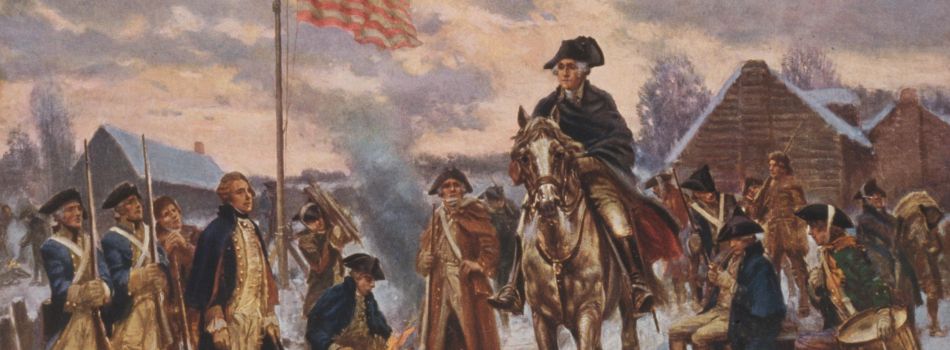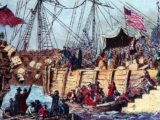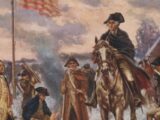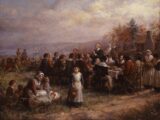
Long years of battle and defeats, freezing winters, disease, starvation, no pay, often lacking warm clothing, weapons, and ammunition – and yet Continental soldiers fought on, loyal to one man, George Washington. Thirteen small colonies, with no navy, no real army, no money were driven by faith, principles, excellent leadership, and an inextinguishable desire to be free….
And at last, the ever clever strategist, Commander Washington, saw a ray of hope. The stars aligning if you will…
British General Lord Charles Cornwallis, in command of some 9,000 British regulars, decided to make a small knoll backed up to the sea in Yorktown, Virginia, as his base of operations. Washington realized the potential of this choice and ordered Marquis de Lafayette, who had about 5,000 in his command, to head back towards Yorktown. Lafayette was joined by French troops led by Comte de Rochambeau. Meanwhile, the French naval fleet under the command of Comte de Grasse was making its way into Chesapeake Bay. In early September, Comte de Grasse had defeated a British naval force, which had been intended to relieve Cornwallis. These two events led to the eventual surrender of the British army.
By September 28, 1781, Washington, now in command of some 17,000 Continental and French soldiers, had effectively surrounded the British forces. The French fleet blocked an escape by sea; Layfayette’s soldiers, blocked an escape by land. The Continental Army began a three-week day and night bombardment, while men worked tirelessly building redoubts (an engineering feat designed by Rochambeau) closer and closer to the British encampment resulting in more firepower raining down on the British troops.
Finally, on October 17, 1781, Cornwallis surrendered, effectively ending the War for Independence. Peace negotiations continued until the signing of the Treaty of Paris in 1783 which formally recognized the United States as a free and independent nation.
The thirteen colonies were blessed with some of the most intelligent minds of the century and a group of extraordinary military leaders who seemed to appear at just the right time. No other Revolutionary personality could have led such a movement – only the tall, red-haired Virginia farmer who became the father of a nation.
But Washington was not alone:
Henry Knox – Bookkeeper/artillery genius, Washington’s most trusted general
Cashmir Pulaski – Polish soldier who taught Continental soldiers the art of calvary and fighting from the back of a horse
Francis Marion – Known as the “Swamp Fox” – clever use of guerilla warfare – bedeviled the British
Count de Rochambeau – French general remarkable engineering skills – designed the redoubts at Yorktown to trap the British
Marquis de Lafayette – French soldier and aristocrat whose gift for leadership and inspiration won the hearts of his men
Baron von Steuben – Prussian soldier who drilled ragtag dispirited Valley Forge Continentals into a disciplined and formidable army
Nathaniel Green – Genius at organizing the transportation of supplies and weapons – Washington always knew Green would come through for the troops
John Paul Jones – Naval hero whose “I have not begun to fight” rallied his ships and sailors against a far superior British fleet
The Marbleheads – Massachusetts merchant marines led by John Glover who saved Washington’s army on three occasions and engineered the crossing of the Delaware.
And their stories are endless – soldiers, spies, ministers, black patriots, native American patriots, women, writers, financiers, flag makers, drummers, all gave their all, their talents, even their lives for the cause.



